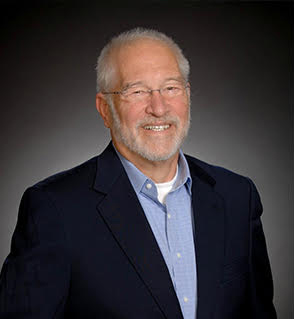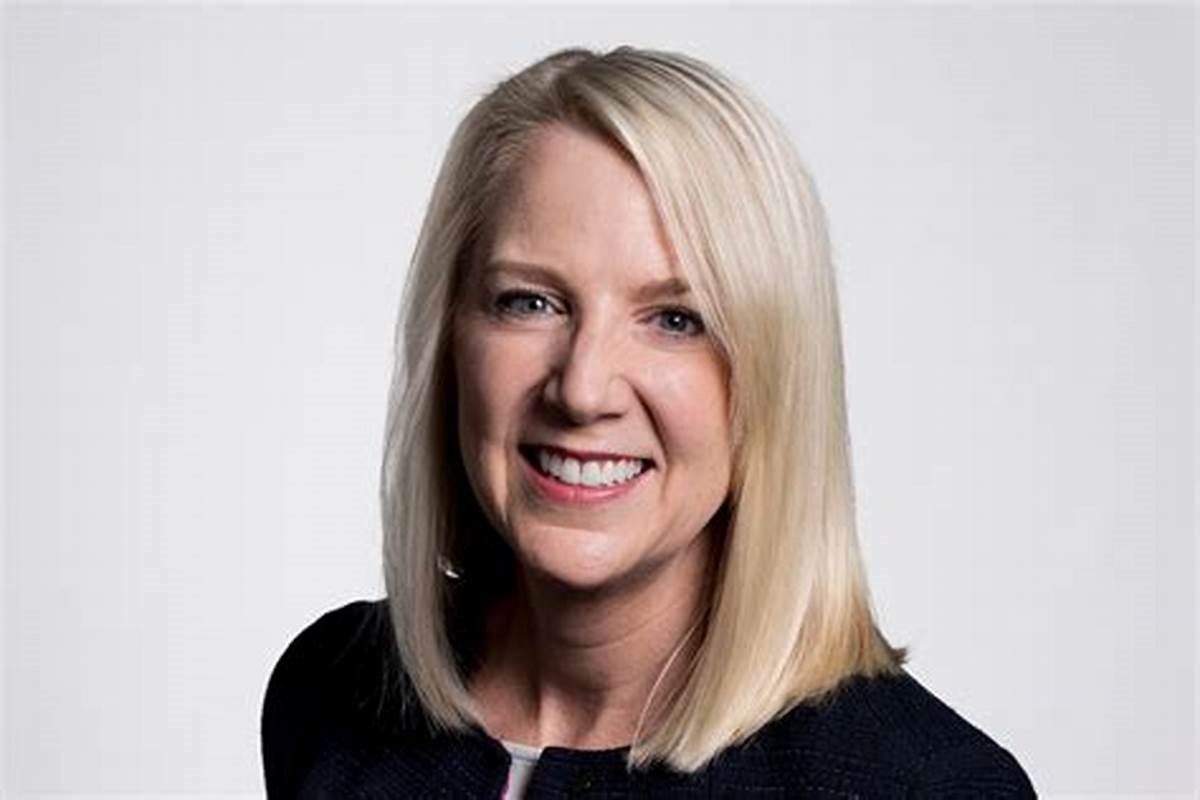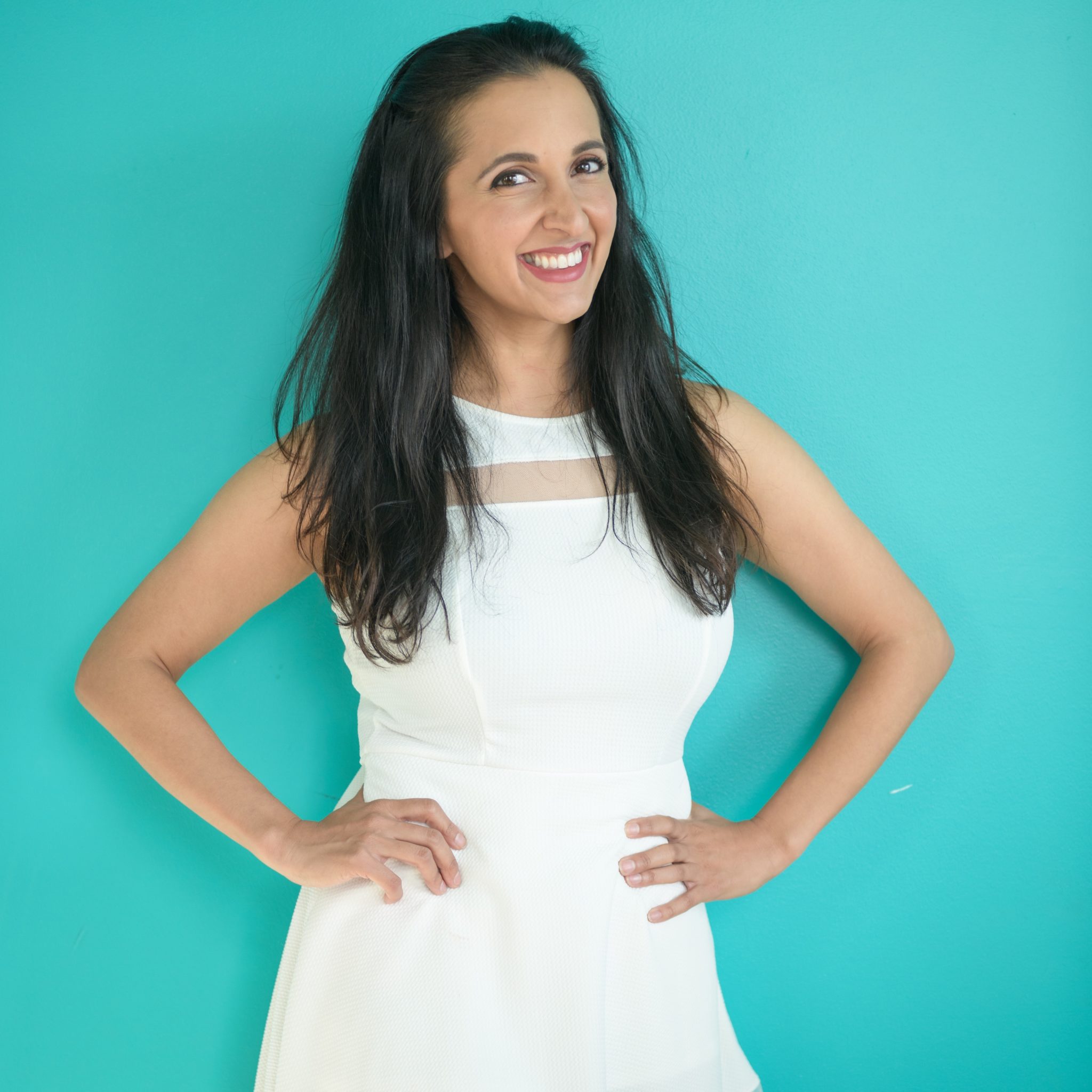At 30, Danielle has saved enough for a traditional retirement. But she’s confused about how this meshes with planning for an early retirement. How should she think about money buckets?
Kat feels thrown off. She’s realizing that the simple investing strategy that nearly 5x’d her portfolio in six years might be unwise. Should she course correct? And how?
Ryan and his wife are torn between buying what they want (a single-family house) and what seems prudent (a multi-family house). How do they decide? Is there a third way?
Former financial planner Joe Saul-Sehy and I tackle these three questions in today’s episode.
Enjoy!
P.S. Got a question? Leave it here.
_______
Danielle asks (at 02:00 minutes): I’m 30 and have already saved enough for retirement. My current question is how much more I need to save to make work optional. Where do I start?
I have $400,000 invested in retirement accounts. According to the Rule of 72, this will turn into $3.2 million: more than enough to fund my anticipated annual spending of $120,000 from ages 60 to 90.
For ages 30 to 60, according to the Four Percent Rule, I’d need another $3.2 million to fund my current lifestyle in early retirement. But that seems like crazy overkill.
What am I missing and how should I think, in general, about different savings buckets?
Ryan asks (at 21:32 minutes): My wife and I live in Worcester, Massachusetts. We’re both 30 years old and torn between buying a single-family or a multi-family home.
I’m an engineer and she’s pursuing her PhD in molecular biology with two to three years left in her program. We’d also like to start a family in two years.
Our take-home income is $10,000. We save between $6,000 to $7,000 per month. We have $235,000 in a high-yield savings account and I have a stock portfolio of $55,000
I contribute $3,000 to my HSA, five percent of my salary to a 401k, and one percent of my salary to company stock. We’ve maxed out our Roth IRA for the last three years. All of this is invested in index funds.
The single-family homes we’ve seen are located near our future job opportunities and range from $550,000 to $650,000. We looked at condos, but a two-bedroom condo would still cost $3,200 to $3,300 before utilities because of high HOA fees.
With 20 percent down, I’ve estimated fixed monthly costs for a $600,000 house to be $5,000. This would not only increase her commute to an hour-long drive from a seven-minute walk, but I think it’ll make us house-poor.
On the other hand, we could buy a multi-family home near our current apartment, but I’m nervous about my lack of experience with tenants.
Or should we continue saving and wait to buy when my wife graduates in two to three years? We’ll have more buying power and options for the location and the house we can afford then.
How do we decide?
Kat asks (at 41:06 minutes): Can you clarify your positions on the VTSAX and Chill strategy? I’m confused about your conclusions from a recent episode “Is Your DIY Investment Strategy Holding You Back?”
Thanks to the VTSAX and Chill approach, my husband and I went from $150,000 in retirement savings in 2018 to $700,000 in retirement savings. We thought we were taking the best approach, but now I’m uncertain.
I’d been under the impression that Paula, you largely opposed working with a financial advisor and favored a set-it-and-forget-it approach that involve investing in index funds that track the S&P 500. And Joe, you see great value in working with a financial advisor.
But in this episode, you both favor a more nuanced approach to investing once one reaches a certain level of investable assets. When does one reach that threshold? And what is the ideal alternative approach?
Is it a professional advisor? Is it a robo-advisor? Is it hand-picking an array of index funds that track different markets I’ve heard are doing well, because I don’t have time to do the research myself? If so, how do these other approaches even work?
What should we consider to maximize our retirement savings in our investment journey? At what point does one go from DIYing a simple one-fund portfolio to something more complex? And how do we make that transition?
Thanks to our sponsors!
Indeed
If you’re looking for amazing talent to bolster your team, you need Indeed. Go to indeed.com/paula for a $75 job credit to upgrade your listing and start hiring today.
Shopify
Diversify your business by selling physical and digital products through Shopify’s all-in-one platform. Go to shopify.com/paula for $1/month trial and get full access to Shopify’s entire suite of features.
NetSuite
NetSuite is the number one cloud financial system, bringing accounting, financial management, inventory, HR, into ONE platform, and ONE source of truth. Head to NetSuite.com/PAULA and download the CFO’s Guide to AI and Machine Learning.
Quince
Quince offers a range of high-quality items at prices within reach. Go to Quince.com/paula for free shipping on your order and 365-day returns.
Wayfair
Wayfair is the go-to destination for everything home, no matter your style or budget. Go to wayfair.com or the Wayfair mobile app to get everything you need for your holiday.
Source: Afford Anything


